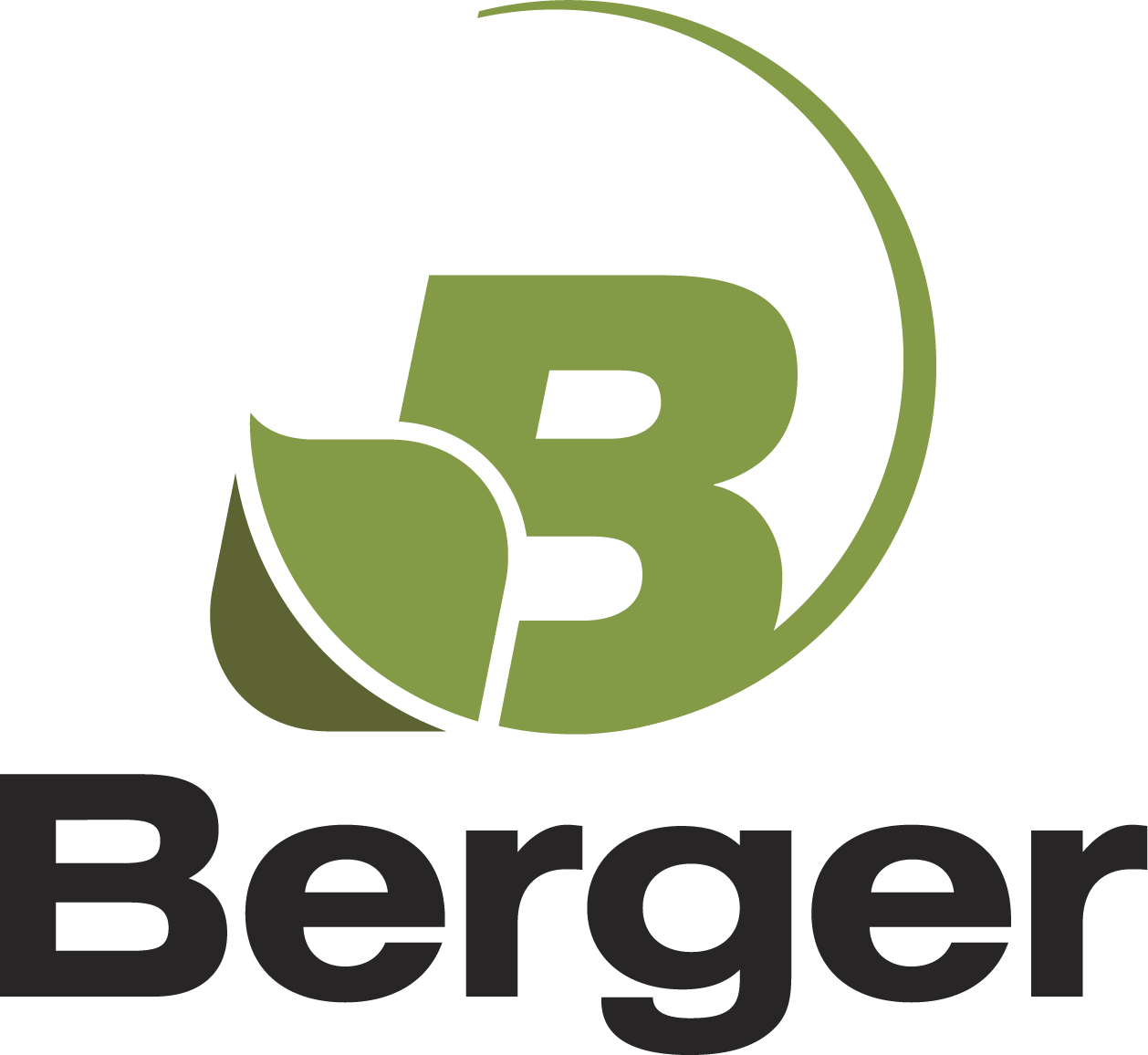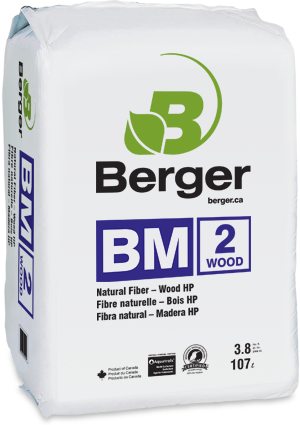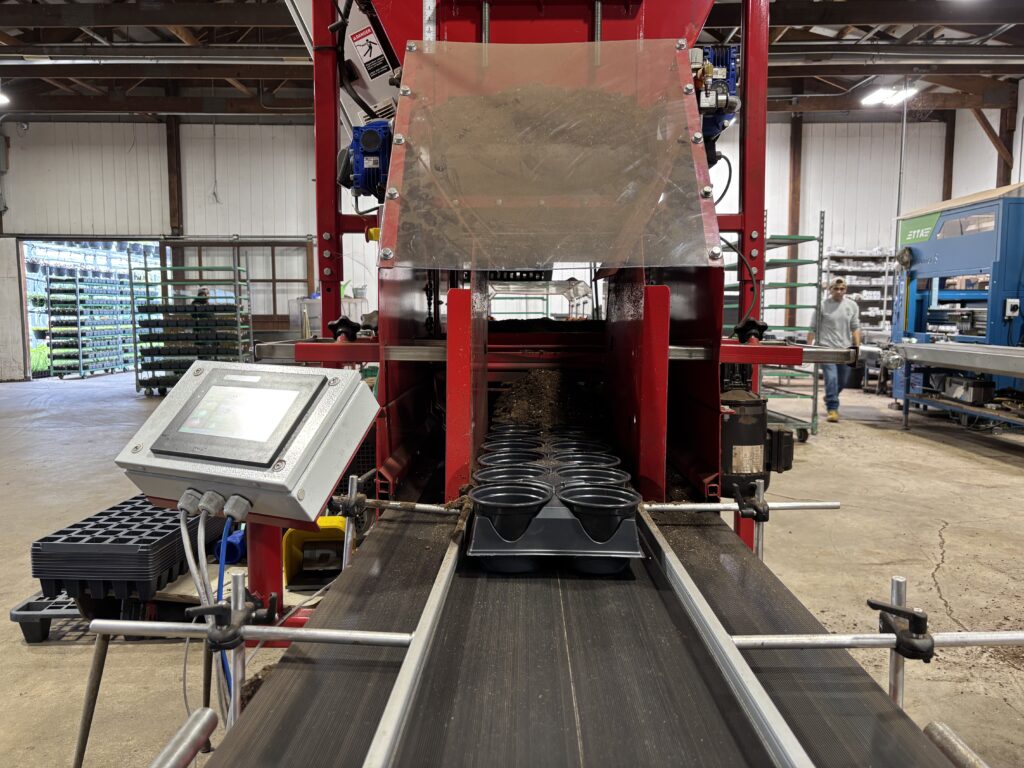The impact of growing media and substrate management on CEA crops
Once your system is setup, it is time to choose the rest of the material you will need to initiate the production process. Having the best technology doesn’t guarantee quality crops. Although it seems less important, selecting the right fertilizer or growing media is just as critical to your success. An in depth knowledge of your operation should help guide your decision, but some trial and error may be required before you are fully satisfied with the results.
With most systems that are being used for baby leaves, leafy greens, and lettuce cultivation, the entire growth cycle from seed to the final product is done without transplanting. This reduces manipulations and saves time, material, and labor. However, this creates an added challenge when it comes to choosing the right growing media, creating the optimum growing environment and water management strategy during all stages of the growing cycle.
Germination
During the germination process of most of the popular leafy greens, there are critical stages during which very specific growth and climate conditions must be met. Any inconsistency or mishap during this critical initial step can already jeopardize the quality and yield of the entire production. The selection and handling of the growing media plays a crucial role during germination, but you also need to think ahead towards the subsequent growth stages. Relative humidity control is critical during germination; you need uniform moisture for the seed to germinate properly, but you will also need sufficient porosity to provide oxygen to the rootzone during the next stages of production.
In other words, you want a growing media that creates a sweet spot by allowing enough water and nutrients to be available for uniform germination and seedling development while providing adequate porosity to prevent over-saturation and allow better control of fertilizer program. The ideal growing media is not universal; it will depend on the growing system, the type and size of container or tray (floater) being used as well as the irrigation and fertilization practices.
For example, DWC system requires a growing media with excellent wickability since the water and nutrients are absorbed from below. The choice of ingredients is critical to achieve an adequate upwards flow an ensure the plants will have access to everything they need. In NFT systems, the seedlings are often produced before being introduced into the system channels. In most cases, the germination process is generally done in larger seedling trays with light overhead irrigation or misting. Wickability is less important, but porosity and drainage become more critical to obtain a strong root ball that will hold well in the channels and prevent debris getting into the system.
Selecting the right growing media is only the first step. You also need to make sure you handle it correctly to obtain a uniform structure and superior results throughout your production. This also applies for transplant soil as well. The growing media should be properly fluffed, and the moisture should be adjusted to 55-65% prior to container or tray filling. Avoid damaging the integrity of the soil during every step of the process and avoid compaction after the containers or trays are filled. This should help prevent drainage and uniformity issues.
Growing-on and Finish
Sprouts are taken into the growing or greenhouse area 7 to 10 days after the start of the germination phase (under artificial lighting in most cases). This initiates the growing-on process. For the next 15 to 21 days they will be exposed to sun radiation and other inputs, such as nutrients and a more active climate. Depending on the system, different parameters and challenges will need to be monitored and addressed.
With large scale DWC systems, new trays are added to one end every day while trays that are ready for harvest are pulled at the other end. This means the same fertilizer rate is applied to all crops regardless of the growth stage. Maintaining the optimum rate is critical to not over-fertilize the younger seedling or under-fertilize at the end of the cycle.
With NFT systems, the roots of the transplant should be large enough to reach the nutrient solution. If not, you may need to add some drip line to continue to feed the crops until their roots are developed enough. Clogging is frequent and needs to be closely monitored.
For other systems such as ebb & flow or dripper system, the growing media continues to play a key role during this phase and can be a determining factor in the final quality of the produce. If transplanting into larger containers, a coarser growing media with better porosity and drainage should be used. If the particles are too fine, insufficient porosity and drainage will limit the amount of nutrients you can feed your crops and will create ideal conditions for plant pathogens to thrive. Monitoring the pH and EC as well as clogging on the feed lines is very important.
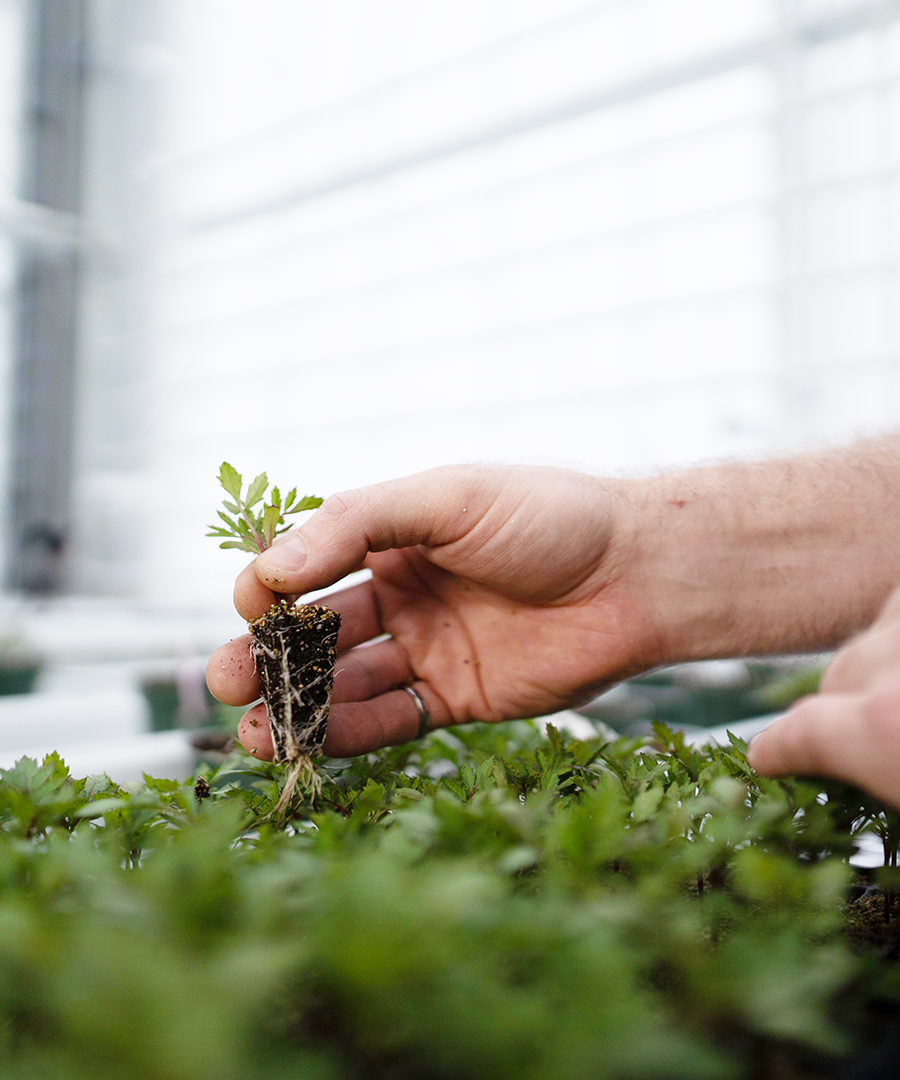
Monitoring
In controlled environment horticulture and automated growing facilities, monitoring plays a crucial role in several aspects of the production: pests and disease control, nutrition, irrigation, climate, and many more. Moreover, when dealing with leafy greens you also need to consider food safety. This aspect cannot be overlooked and requires a solid monitoring and prevention program that covers all steps of the operation. Upon request, reputable suppliers such as Berger are able to provide certificates of analysis demonstrating their products were tested and are free of common food pathogens.
There are major benefits to monitoring growth parameters such as water quality, soil pH & electrical conductivity (EC), temperature, relative humidity, and several other inputs and values that allow you to take sound decisions and obtain quality produce. One such parameter that is often overlooked is the Vapor Pressure Deficit value (VPD). The VPD measures the difference, in terms of pressure, between the air’s water content, and the maximum amount the air can carry at its current temperature (saturation). It is calculated from the ambient air temperature, the canopy temperature, and the relative humidity (RH%). It allows growers to be more efficient and precise by better understanding the water requirements of the crop and help to optimize irrigations. Moreover, by monitoring the actual plant temperature, you can optimize the growing temperature and minimize energy consumption.
Let’s elaborate on this. When there is visibility and control of these values during the growing process, there is a chance to influence the water consumption or usage of the crop. This means being able to impact transpiration rates, which translates into speed and quality of growth by adjusting climate conditions, such as ambient temperature, RH%, light, and canopy temperature. A growing media that can provide sustained support for a very consistent, rapid, and active growing environment is required.
With many soil suppliers and recipes to choose from, you can easily get lost and struggle to select the right mix. By understanding the influence of each ingredient on the physical and chemical characteristics of the growing media, it becomes easier to evaluate how each blend will perform within your system and select the right one for you.
Growing media
The type of ingredients or aggregates that can be used to develop many of the mixes that are suitable for these growing cycles are specific. The proper mix must not be determined not by what is available, but by what has been proven to work well within each particular system, and validated through a trialling process.
Coir is an ingredient that is commonly used. It is a natural fiber that has played an important part in the early stages of developing mixes for these systems. Depending on the grades that are used, coir can provide good water holding capacity and/or drainage. However, it can also be inconsistent from both a chemical and physical point of view. These issues can be critical for leafy greens productions due to the fast and short production cycles which don’t offer much buffer for adjustments or corrections. Monitoring the loads you receive is critical. For example, if the coir wasn’t washed properly, it can contain excessive amounts of sodium and potassium which can massively release early in the production and damage the developing root system. This can also tie up the calcium, leading to some nutritional imbalances. Flushing is the only option to eliminate excess salts, but it is difficult if not impossible with certain systems. With Asia being the main source for coir, supply can become a major issue as it has been since the pandemic has started.
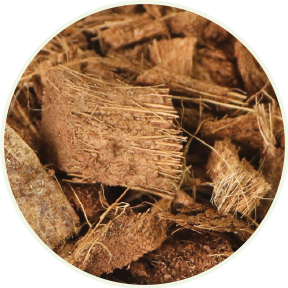
Peat moss is the backbone of most horticultural substrates sold in North America. It has a high water retention capacity, but it can also provide significant drainage with coarser grade products. It is like a blank canvas where you can tweak properties and add other elements to enhance or reduce certain characteristics. It has shown great performance within many different hydroponic leafy green systems. Although some European companies export to North America, it is mainly sourced out of Canada and therefore less susceptible to major supply issues. Reputable suppliers such as Berger harvest peat from various sites spread across different provinces in Canada, limiting the risks of an overall poor harvest due to inclement weather./
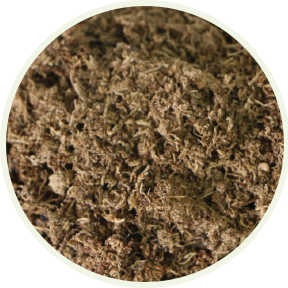
Perlite is still a very popular ingredient that can be used in different grades, depending on the type and size of the container, tray, or cavity to be filled. It is normally used in percentages between 10% to 20% in peat blends or other substrates. It provides different levels of porosity and drainage based on the size and percentage of perlite added in conjunction with the watering system being used. In hydroponic systems with nutrient recirculation, there can be some challenges regarding suspended solids in the water, requiring a more efficient filtration system.
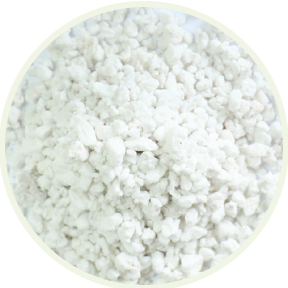
Vermiculite, can also provide some level of porosity depending on the size of the particles. However, its main goal is to retain water and nutrients which are then easily available to the plants. It significantly improves the cation exchange capacity, but also the wickability of the growing media.
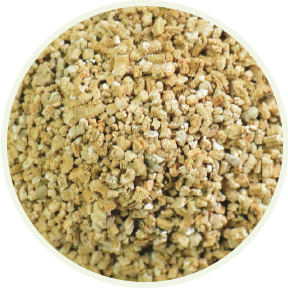
Wood fiber is one of the newer ingredients used in some growing mixes for hydroponic growing systems, helping provide a well-balanced water and nutrient content as well as some porosity. The pores are smaller, but they are very consistent throughout the rooting environment. Additionally, the wood fibers creates a connective network that allows uniform distribution of water in the mix and improves the wickability. This component has little to no impact on the chemical characteristics of the growing media when blended at the right percentage. Make sure the final product is well-adapted to your containers/trays and production system. Some adjustments may be required. To facilitate the filling of containers/trays, it is important to adjust the moisture content of the mix as previously mentioned.
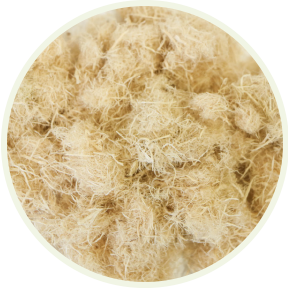
Although bark could be used as an aggregate in larger container sizes for leafy greens, we wouldn’t recommend it. Its particle size, density and overall characteristics prevent it from being a viable option for most hydroponic systems.
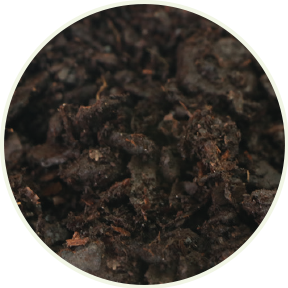
Conclusion
To provide the support our customers deserve, we needed to understand their reality. Over the years, we have collaborated with several hydroponic leafy green producers to identify the challenges they face and develop products that fit their needs. Leveraging our core values of quality and consistency, and through our internal R&D greenhouse, we worked closely with our grower partners and developed mixes that perform well within many different systems used for leafy green productions. Yield per tray or raft, taste and post harvest are what we focused on. Through further collaborations between our customers and Berger’ Sales, Grower Advisors, Lab Services, and Research and Development team, we were also able to cater our services and technical support towards this markets’ needs. We are fully invested in continually strengthening our knowledge and improving the level of support we provide to leafy green customers. With Berger, you buy more that a high-quality growing media, you also get access to a team of experts who can support you with all aspects of your production.
Guillermo Maldonado, Grower advisor
